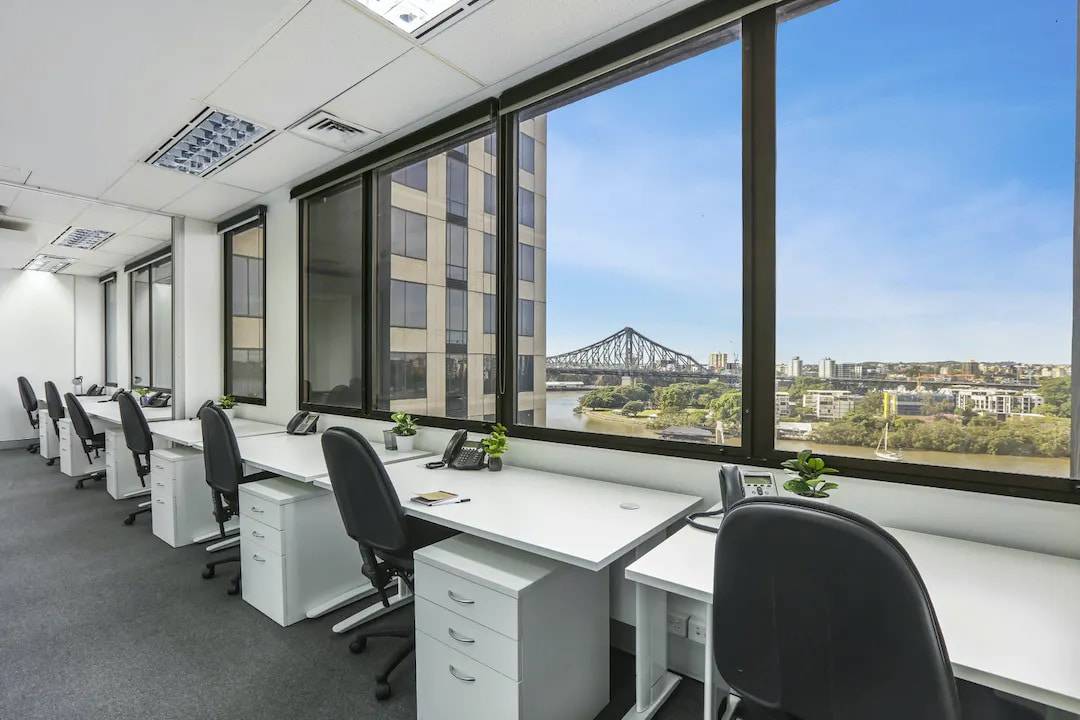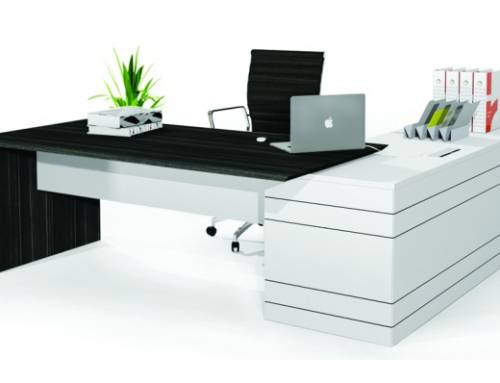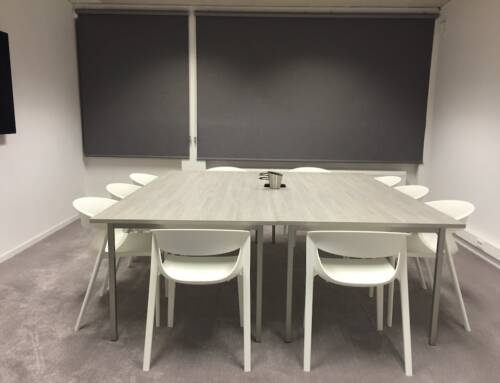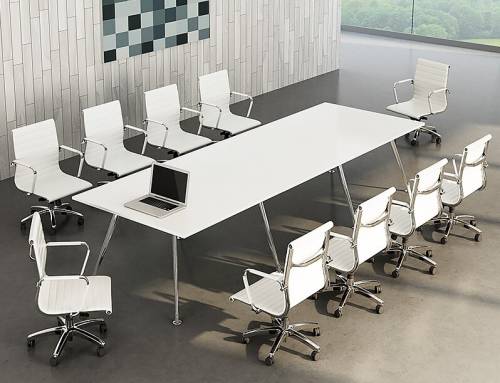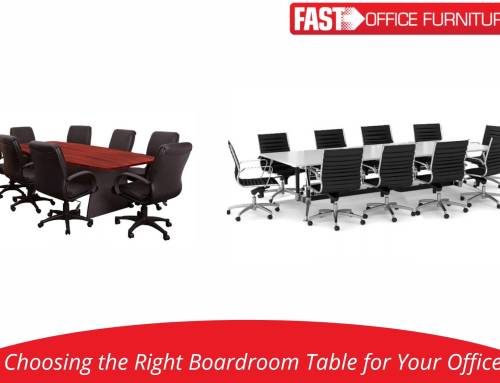When designing an office setup, furniture is integral to aesthetics and function. Among these pieces, office tables tend to attract the most attention (and dollars). However, elevating your office space shouldn’t mean draining your bank account. The key lies in clever budgeting strategies that allow you to acquire quality office tables without breaking the bank.
Clear Expectations and Requirements
Begin with a clear understanding of your needs. What kind of tables do you require, and how many? How should they function within your space? These parameters set the groundwork for targeted, cost-effective shopping.
Size and Quantity: Measure your office space and identify your needed tables. This will prevent overspending on oversized or excessive furniture.
Work Requirements: The nature of your work dictates the type of tables you require. For instance, collaborative tasks may need larger communal tables, whereas solo tasks may work best with individual desks.
Functionality: Consider the specific features needed for productivity. Do you need built-in storage solutions, space for technology equipment, or adjustable height tables for ergonomic needs? If these features are not crucial, dropping them can save costs.
Budgeting and Prioritizing
Once your needs are defined, you can start budget-oriented planning. Be realistic, and ensure you allocate your resources wisely to cover all necessary costs.
Budget Allocation: Define a portion of your total office budget for what office table you need. Ensure sufficient resources for other necessary expenses such as chairs, decor, and equipment.
Essential Feature Prioritization: Determine which features are non-negotiable due to work requirements and ergonomic considerations. It’s easy to be tempted by attractive but non-essential features. Resist this urge to stay within your budget.
Research and Compare
Before making a purchase, invest time in extensive research and product comparisons.
Compare Options: Don’t hastily pick the first option you find. Explore different retailers (online and physical) and compare quality, prices, and features.
Read Reviews: Customer reviews provide valuable insights into a product’s real-world performance and durability. Let other customers’ experiences guide your decisions.
Sales and Discounts: Regularly monitor sales or discounts offered by furniture retailers. Significant savings can be made by smartly timing your purchases.
Select Cost-Efficient Materials
The material choice of your office tables significantly influences cost.
Melamine (Laminate): Durable and easy to maintain, melamine tables are the most popular option these days, and a cost-efficient choice.
Metal: For an industrial aesthetic and enduring makeup, metal tables can be a cost-savvy alternative to high-end hardwood.
MDF: Medium-density Fiberboard (MDF) is another affordable alternative offering a similar look to solid wood without the price tag.
Consider Used Furniture and DIY
Secondhand tables and do-it-yourself upgrades are also worthy options when working with a smaller budget.
Secondhand: Thrift stores, online marketplaces, or office liquidation sales can be goldmines for high-quality, used office tables at slashed prices.
DIY Solutions: Unfinished furniture or thrift finds can be customized and upgraded with a little DIY elbow grease. This route can lead to one-of-a-kind tables without the premium price tag.
Conclusion: Quality Doesn’t Equate to Costly
Creating an effective and aesthetically pleasing workspace on a budget is certainly achievable. With a little planning, prioritizing, and savvy shopping, you can acquire top-tier office tables without overstepping your financial boundaries. Remember, the goal is a productive workspace that boosts morale and productivity, not emptying your coffers.

